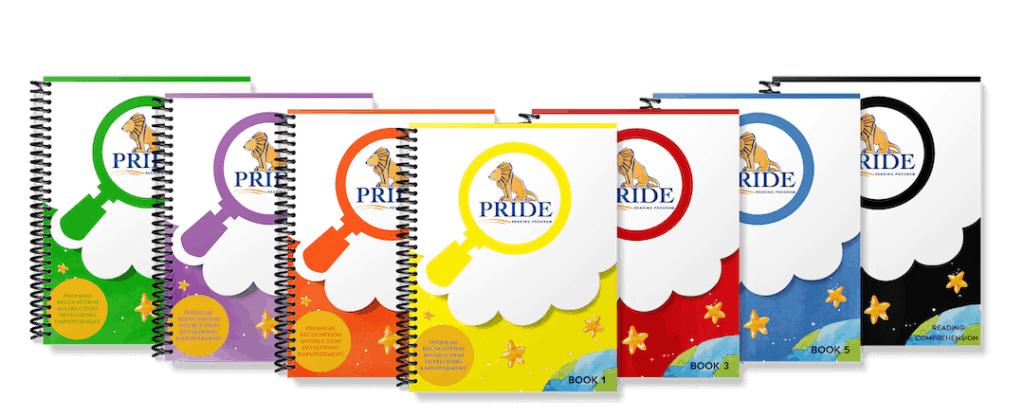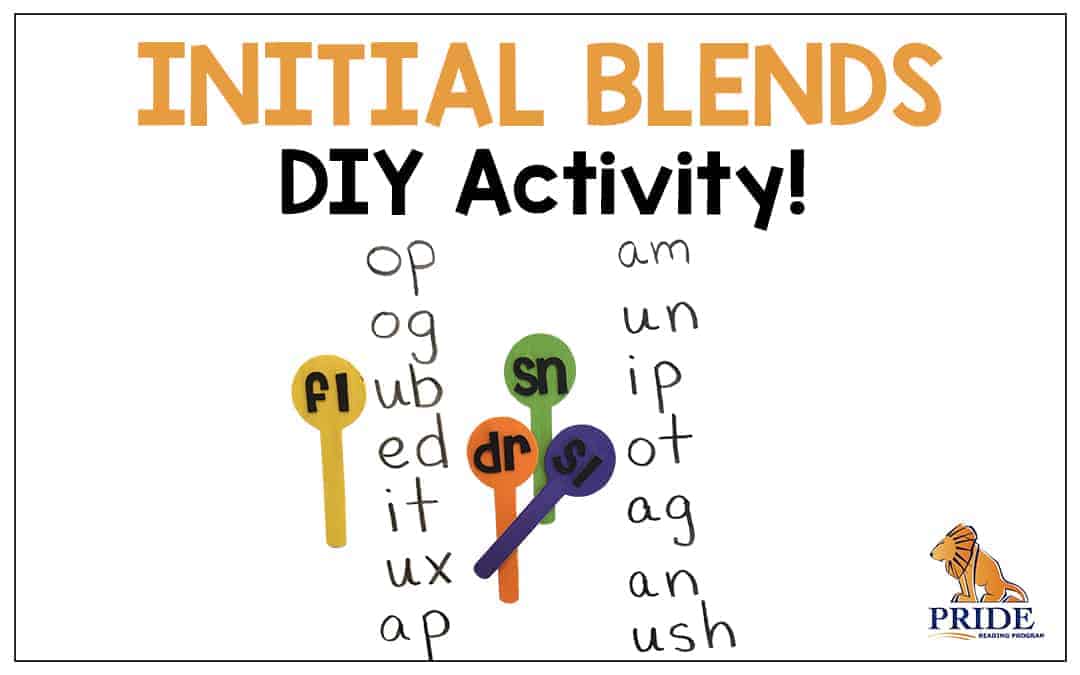Once your student is very comfortable reading consonant-vowel-consonant words (cat, bit, fed, lug, etc.), it is time to introduce your student to initial blends. Initial blends are the 2 consonant letters at the beginning of a word that each make their own sound. Some examples of initial blends are flag, brim, snip, and drop. Here is a really great initial blends activity that you can make yourself, and it will really help your student practice reading words with initial blends.
Getting Started:
You only need 3 things for this initial blends activity.
- Wood Stick shapes or popsicle sticks – you can buy these at Michaels or any other craft store.
- Letter Stickers – you can also buy these at Michaels or you can also just use a Sharpie and write the letter on the wooden stick.
- A white board any size.
How to Make It
Step 1
Put the letter stickers on the wooden sticks. You can paint them beforehand if you like, and you can also use a Sharpie instead of letter stickers. You can make as many initial blends as you like. Some examples of initial blends are:
bl, cl, fl, gl, pl, sl, br, cr, dr, fr, gr, pr, tr, sc, sl, sm, sn, sp, st, sw

Step 2
Write a list of initial blend endings on the whiteboard. You can also create a poster board and laminate it for future use if you like. See the list below for suggestions:
| at | id | ob | ub |
| ap | ig | og | ush |
| am | in | ot | un |
| at | ip | op | ux |
Step 3
Your student will simply place their initial blend stick at the beginning of each of the blend endings and create real and nonsense words. Have your student read the words aloud, as their sticks travel down the board.
You can use this activity either 1:1 with your student or in a group literacy center by filling a basket with these sticks letting the students take turns blending words with a partner.
[et_bloom_inline optin_id=”optin_4″]
If your student isn’t really 100% sure of all the beginning consonant or short vowel sounds, then they might not be too successful with this activity. To be able to learn blends, your student must be very fluent at reading short vowel cvc words (pot, hut, sit, cat, etc.). If your student doesn’t have this skill yet, you will need to back up and fill in the missing gaps before you teach initial blends.
Thank you for reading my post today. You might also enjoy reading my previous posts:
Multisensory Reading Activity: Beach Ball Toss
My Favorite Sight Word Activities
Please don’t leave without checking out the PRIDE Reading Program. The PRIDE Reading Program is an Orton-Gillingham curriculum that is used by teachers, tutors, and homeschooling parents worldwide with great success.


Karina Richland, M.A., is the author of the PRIDE Reading Program, a multisensory Orton-Gillingham reading, writing and comprehension curriculum that is available worldwide for parents, tutors, teachers, and homeschoolers of struggling readers. Karina has an extensive background in working with students of all ages and various learning modalities. She has spent many years researching learning differences and differentiated teaching practices. You can reach her by email at info@pridereadingprogram.com or visit the website at www.pridereadingprogram.com

